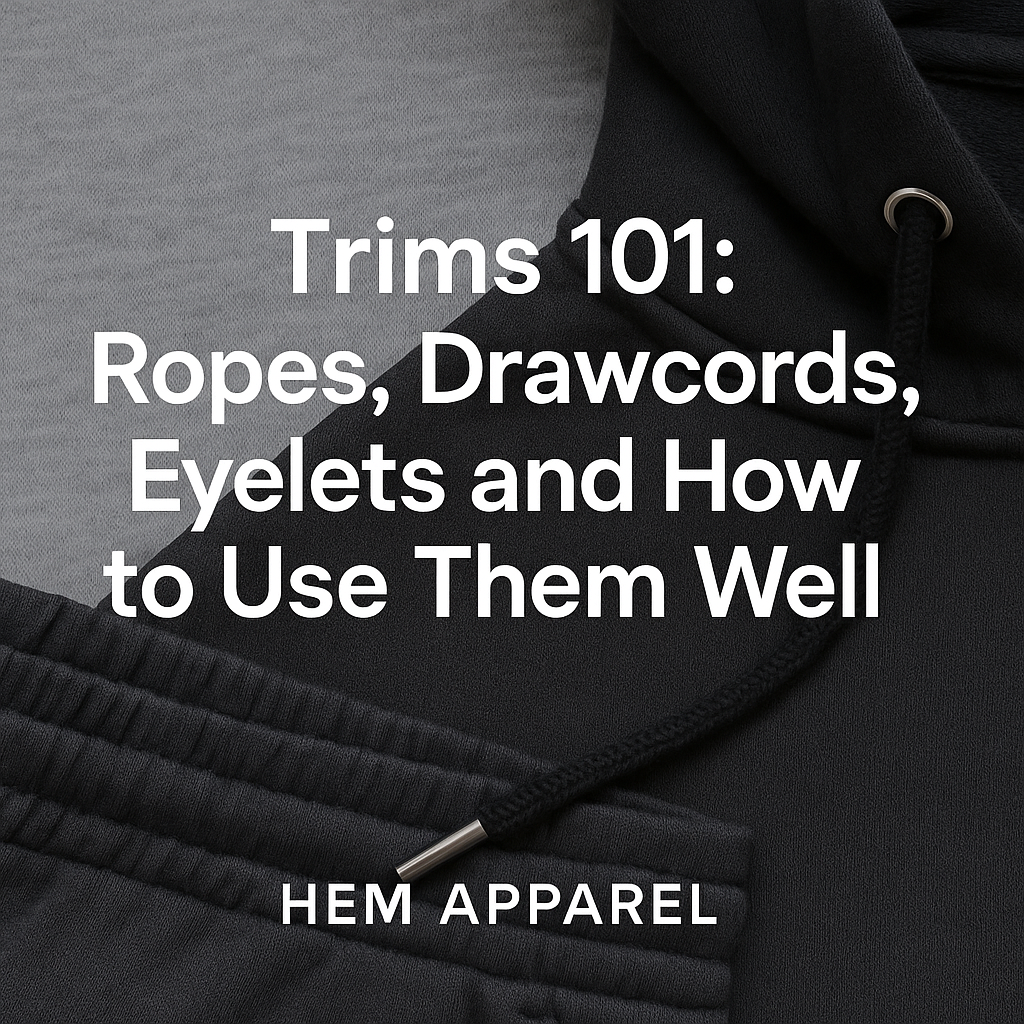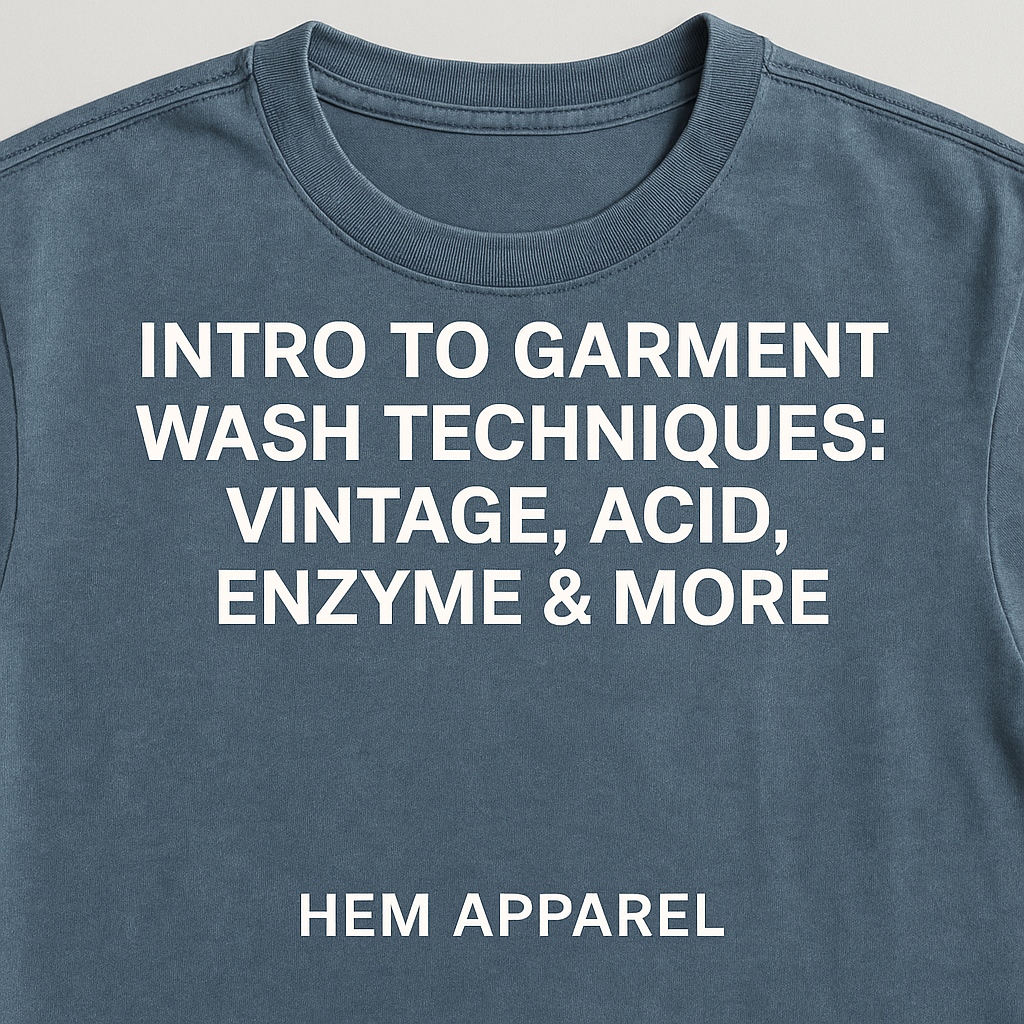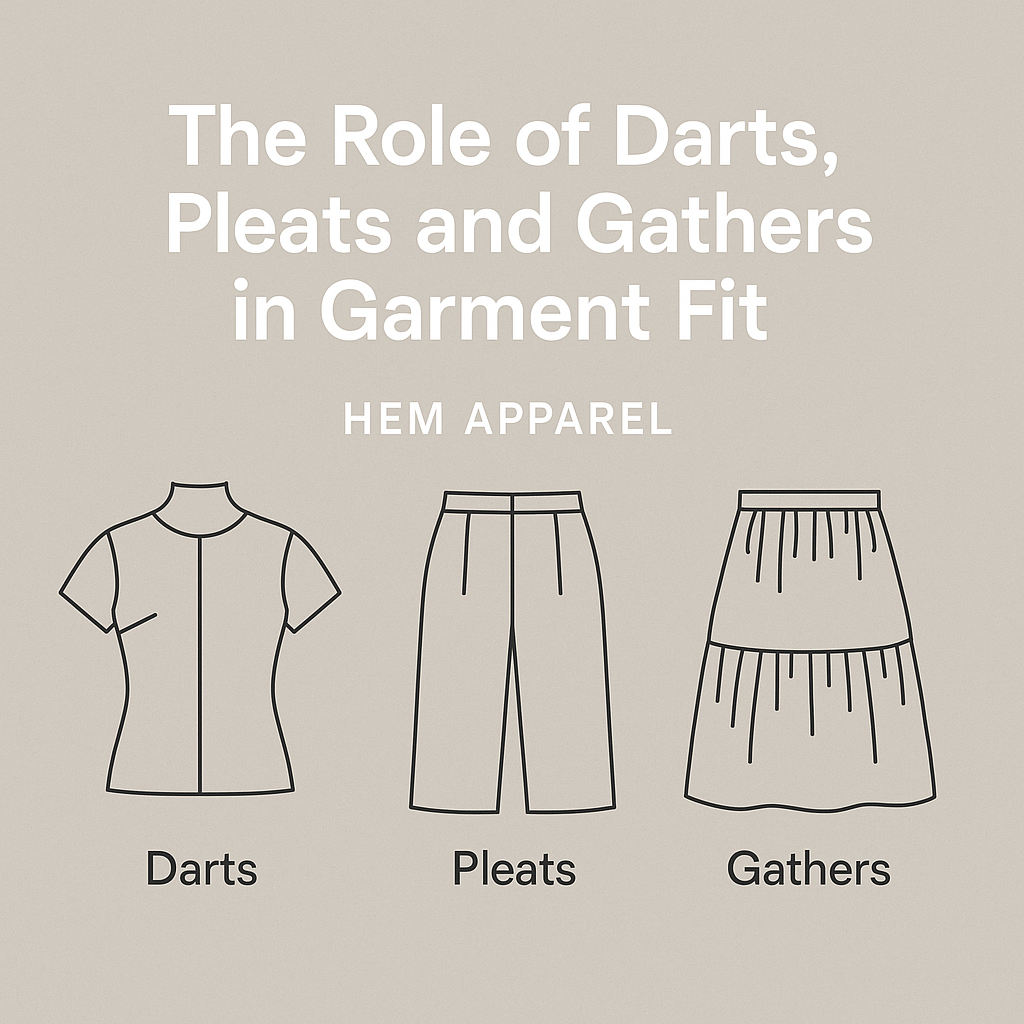When it comes to coloring cotton garments, reactive dye and pigment dye are two of the most common methods — but they deliver very different looks, feels, and performance.
At HEM APPAREL, we help brands choose the right dyeing method based on aesthetic goals, color durability, and price point.
🎨 What’s the Difference?
| Dye Type | Key Feature | Works Best For |
|---|---|---|
| Reactive Dye | Chemically bonds with fiber | Bright, colorfast garments |
| Pigment Dye | Coats fabric surface like paint | Washed, vintage-style garments |
🧪 Reactive Dye: Deep, Long-Lasting Color
✅ Pros:
-
Excellent colorfastness (resists fading after washing)
-
Works best on 100% cotton and natural fibers
-
Sharp, vibrant tones and even coverage
-
Good for solid color basics, uniforms, retail tees
⚠️ Cons:
-
Requires hot water and longer processing time
-
Slightly higher cost due to chemical process
-
Limited “washed” or vintage effect
-
May shrink fabric if not properly pre-treated
🌫️ Pigment Dye: Faded, Lived-In Look
✅ Pros:
-
Creates a vintage, soft-wash look
-
Natural color variations and garment individuality
-
Lower temperature = less energy use
-
Perfect for streetwear, merch, oversized tees
⚠️ Cons:
-
Color may fade faster with repeated wash
-
Rubbing may cause slight crocking
-
Color may shift slightly between batches
-
Not as vibrant as reactive dye
📦 How to Choose for Your Brand
| If you want... | Choose... |
|---|---|
| Bright, even, consistent color | Reactive Dye |
| Vintage effect, washed-out tones | Pigment Dye |
| High wash durability | Reactive Dye |
| Unique color variation (each piece slightly different) | Pigment Dye |
| Lower minimums and more relaxed style | Pigment Dye |
🧠 HEM APPAREL’s Tip:
For solid everyday tees or polos → go reactive for color consistency.
For oversized, West Coast-style basics → go pigment for softness and visual texture.
We support both dyeing methods with lab dips and garment wash development on request.
HEM APPAREL – Your trusted manufacturing partner for high-quality custom apparel, made in Vietnam





